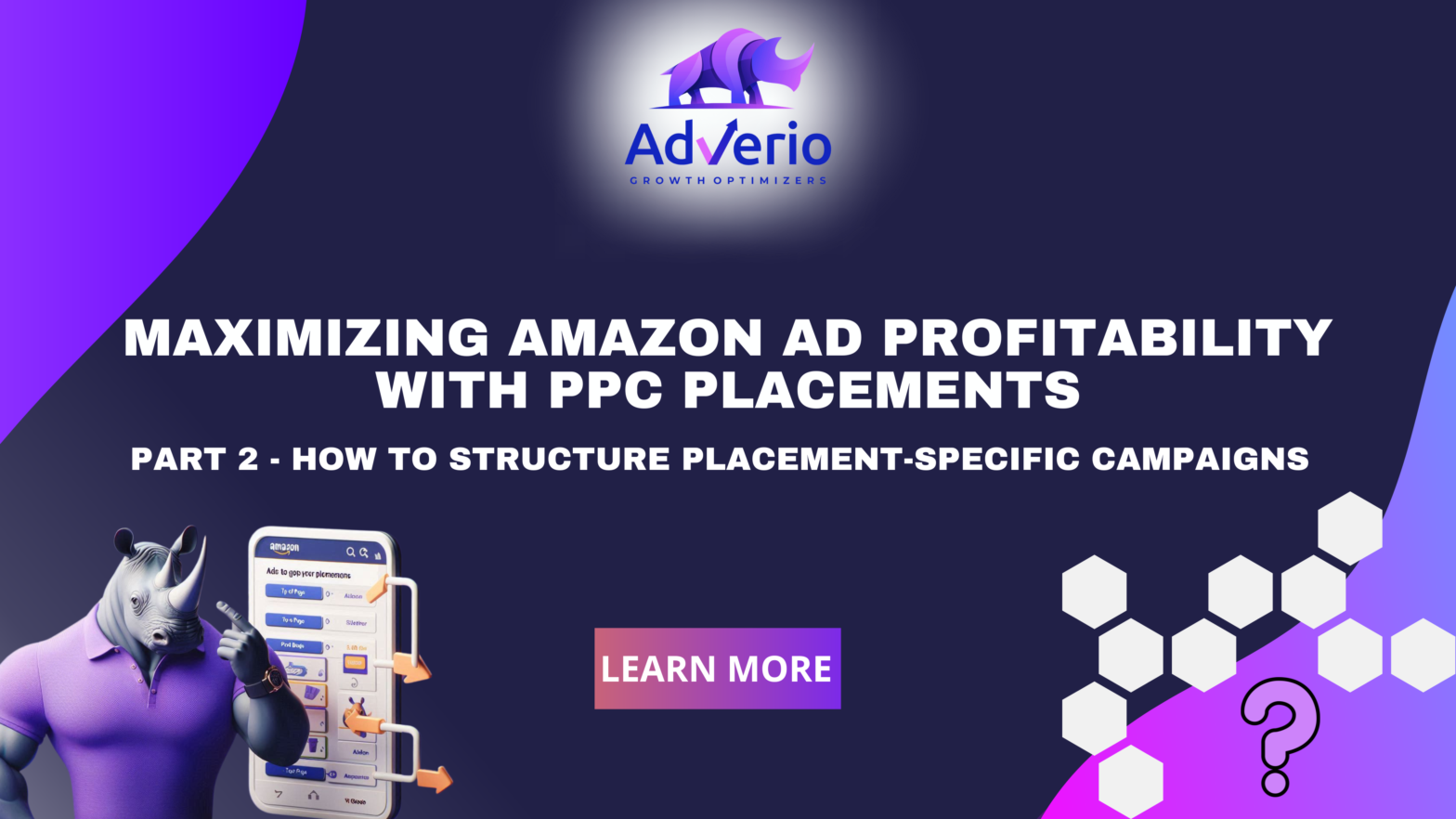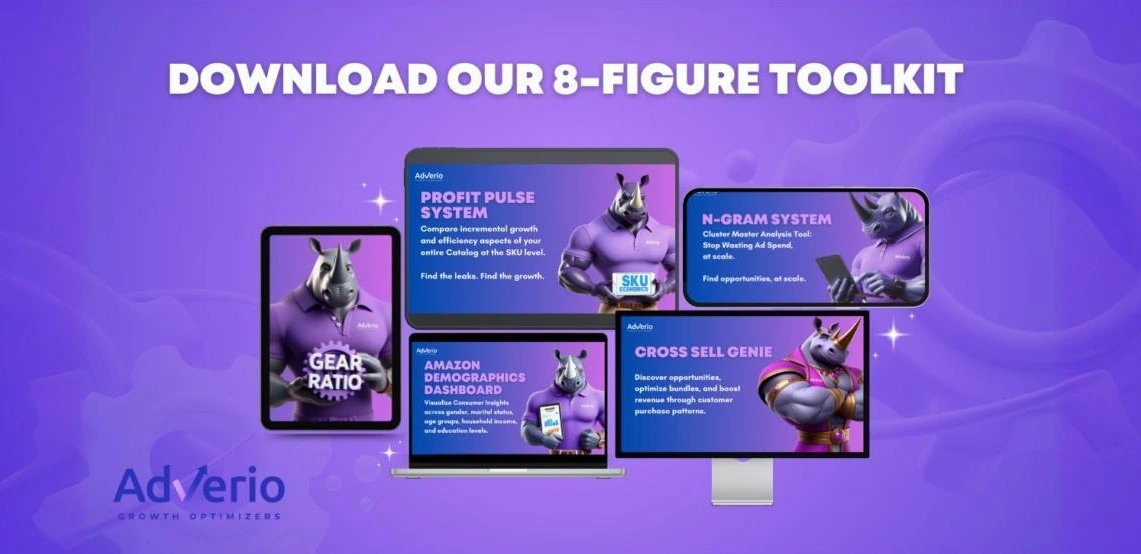Table of Contents
Now that we’ve introduced the concept of duplicating campaigns for better placement control, let’s dive into the mechanics of how to structure these campaigns.
The key to success lies in setting the right bid multipliers and base bids for each placement type. In this part of the series, we’ll walk you through the process of structuring your campaigns for Top-of-Search and Product Page placements, ensuring that you maximize your budget while improving your performance.
Main Points
-
Structuring Campaigns for Specific Placements
When you duplicate your campaigns, you need to configure each one to focus on a specific placement. Here’s how to approach this:
- Campaign A – Search Focus (Top-of-Search): This campaign will be optimized for top-of-search placements, which generally offer the best conversion rates. Here’s how to structure it:
- Top-of-Search Modifier: Set a significant bid multiplier for Top-of-Search (e.g., +100%, +200%, or higher depending on how competitive the keywords are).
- Product Pages Modifier: Set the Product Pages multiplier to 0%. This ensures that this campaign does not show up on product detail pages, keeping your budget focused on high-conversion search spots.
- Base Bid: Keep the base bid low enough to discourage unwanted placements (like Product Pages) but high enough to remain competitive in search results. For example, if your average CPC for Top-of-Search is $1.00, set your base bid at $0.50 and apply the +100% multiplier.
- Campaign B – Product Page Focus: This campaign targets Product Pages, where you may see lower CTR but still valuable conversions. Here’s how to configure it:
-
- Product Pages Modifier: Set a high bid multiplier for Product Pages (e.g., +100%, +150%, or higher depending on your goals).
- Top-of-Search Modifier: Set this to 0%. You don’t want this campaign competing for high-converting search placements; you’re focusing on product pages.
- Base Bid: Use the same base bid as Campaign A, or slightly lower if you find that Product Page placements are less competitive in your niche.
-
- Campaign A – Search Focus (Top-of-Search): This campaign will be optimized for top-of-search placements, which generally offer the best conversion rates. Here’s how to structure it:
-
Why Base Bids Matter
The base bid is critical because it serves as the foundation for your entire bidding strategy. It directly impacts whether your ad will appear on specific placements and at what cost. Here’s how base bids influence placement effectiveness:
- If your base bid is too high, your ads may compete for less profitable placements, leading to wasted spend.
- If it’s too low, your ads might not show up at all in certain placements, especially if the multiplier isn’t strong enough to overcome the low base bid.
- The key is finding a balance: set a base bid that’s high enough to secure competitive placements (like Top-of-Search or Product Pages), but not so high that it drains your budget on underperforming areas.
-
No More “Negative ASIN” Surprises
Negative ASIN targeting can sometimes block the right placements. Sellers might use negative ASINs to prevent their ads from showing on competitor product pages, but this can backfire. In Amazon’s complex ad system, blocking a specific ASIN might prevent your ad from appearing in related search results as well. The best way to avoid this issue is by using duplicated campaigns for placement control. Each campaign will target a specific placement, and you won’t have to worry about blocking relevant search terms.
Conclusion
By structuring your campaigns with placement-specific targeting, you gain greater control over where your ads show up, which helps you optimize for better performance.
In Part 3, we’ll discuss how to implement these strategies in real-world scenarios, with a step-by-step guide and practical examples that will help you achieve measurable improvements in your Amazon PPC performance.





























